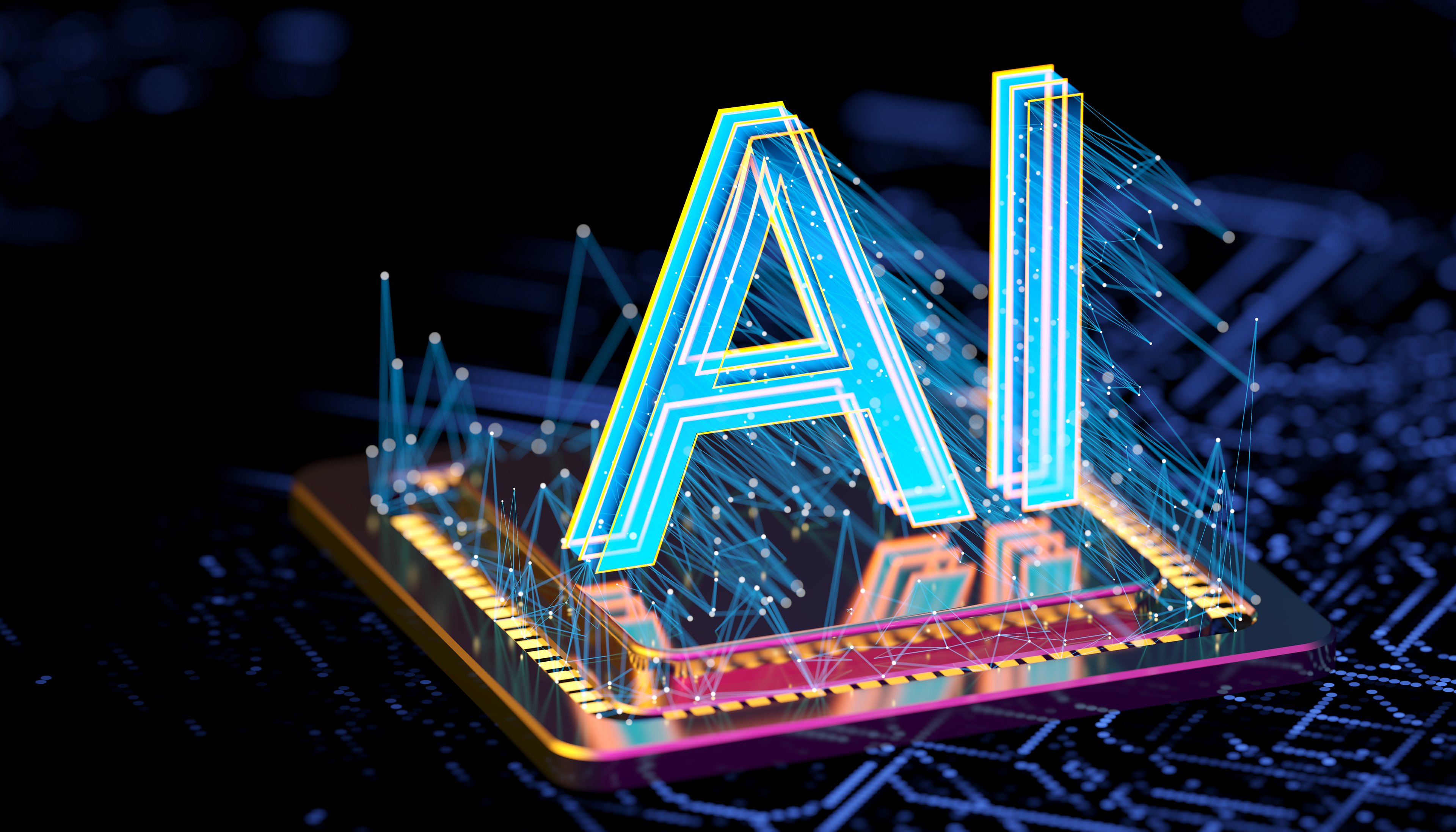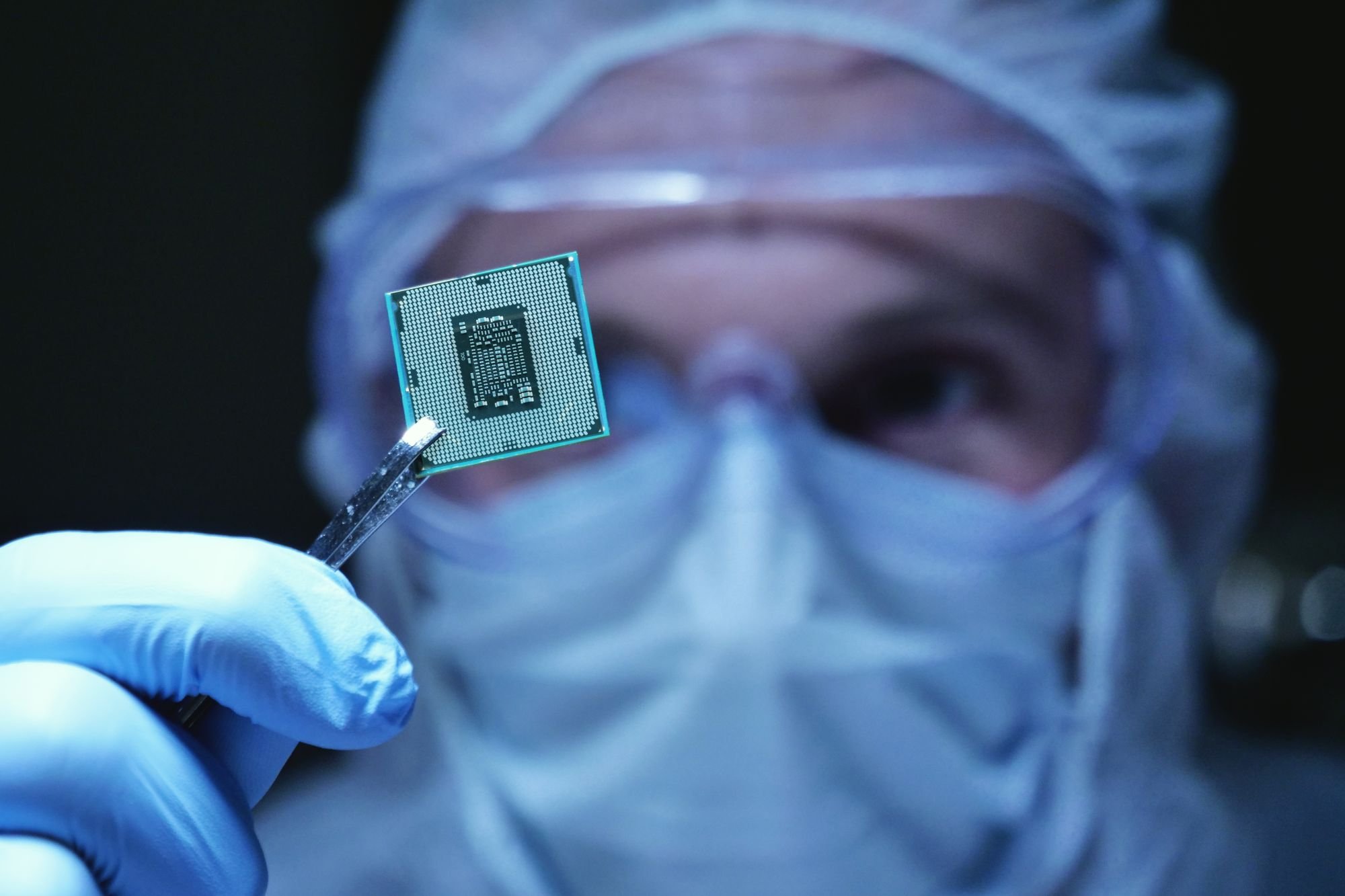Almost exactly three months ago, graphics chip specialist NVIDIA (NVDA +2.06%) excited investors and tech geeks alike when it predicted that commercially available self-driving vehicles with "level 4 autonomy" will hit the road just three years from now in 2021.
So what does level 4 mean? According to guidelines established by the Society of Automotive Engineers (SAE), NVIDIA says, "a level 4 car should be able to drive itself safely 'even if a human driver does not respond appropriately to a request to intervene.'"
"Offices on wheels"
"A level 4 car will slow down, pull over or park itself at a safe spot if the driver doesn't take control when requested," NVIDIA elaborated, "which might happen in tougher navigation like off-road driving or unmapped roads."
By contrast, most of today's vehicles with self-driving features fall under the "level 2" category, where autonomous modes are strictly limited to simple driving conditions like highways or clearly marked roads, and require a human driver be ready at all times to take control if need be. Meanwhile, the first commercial level 3 vehicles are set to hit the road later this year, and will be able to steer, accelerate and decelerate, and pass other vehicles without human input -- though humans still need to be ready to take control within a few seconds.
But putting aside those rare instances where the car requests a human to take over, NVIDIA teased that level 4 vehicles "will not just be transport units, but will also resemble small offices, theaters, or hotel rooms on wheels."
Of course, NVIDIA isn't doing all the work. The company has partnerships with over 370 leading automakers, tier 1 suppliers, developers, and researchers to accelerate automotive breakthroughs. Most recently, it revealed it will enable level 4 autonomy with its new NVIDIA DRIVE Xavier System-on-a-Chip (SoC), which delivers 30 trillion operations per second of performance in a compact, power-efficient package.

IMAGE SOURCE: NVIDIA.
Pumping the brakes -- but not for long
On Tuesday, however, shares of NVIDIA plunged nearly 8% when the graphics chip specialist suspended its self-driving vehicle tests around the world -- a move that came in response to last week's heartbreaking fatal collision between a pedestrian and an Uber self-driving vehicle.
To be clear, Uber is one of NVIDIA's many partners -- though it's unclear at this point whether the vehicle involved in the collision was using NVIDIA's technology.
But this raises the question: Will NVIDIA push back its expected timeline for the commercial availability of so-called offices on wheels? Or, worse yet, does this spell the end of NVIDIA's self-driving vehicle hopes?
In a word, no.
According to NVIDIA CEO Jensen Huang during the company's annual GPU Technology Conference (GTC) on Tuesday, the incident will likely drive companies to spend even more on ensuring the utmost safety of their respective self-driving vehicle systems.
"I think that the world is going to, as a result, be much more serious about investing in development systems, which is good," Huang stated.
Meanwhile, Huang insisted that NVIDIA's decision to temporarily suspend its own tests was made both out of safety concerns, and to learn as engineers where Uber fell short. He elaborated:
We stopped for a simple reason: Good engineering. Somebody has just learned something. There is an incident of great importance. [...] We're going to wait -- and it won't take long -- to see what we can learn from the incident. We use extreme caution anyway, but in the meantime we'll do all of our testing in simulation.
The importance of simulation
Incidentally, our team visited NVIDIA's stunning Endeavor headquarters earlier this month to speak with the company about its latest work in artificial intelligence and deep learning. During the visit, we had the chance to sit down with NVIDIA's senior director of automotive, Danny Shapiro.
"It takes an hour to drive 60 miles," he told us. "But we can drive 60,000 miles in an hour in simulation."
Keeping in mind that this was well before last week's incident, Mr. Shapiro added that he believes we should see an "acceleration in testing moving forward," particularly as it relates to training neural networks using photorealistic simulations -- including everything from a child running in front of a car, spotting stop signs in snow storms, and even dealing with blinding sunlight -- then feeding those scenarios back into the NVIDIA Drive platform to ensure self-driving vehicles know how to handle them.
Here again, it's worth repeating that we still don't know how Uber's self-driving vehicle systems fell short to that end. But if NVIDIA is right, it won't take long until we're given an answer. The future of self-driving vehicles may depend on it.






